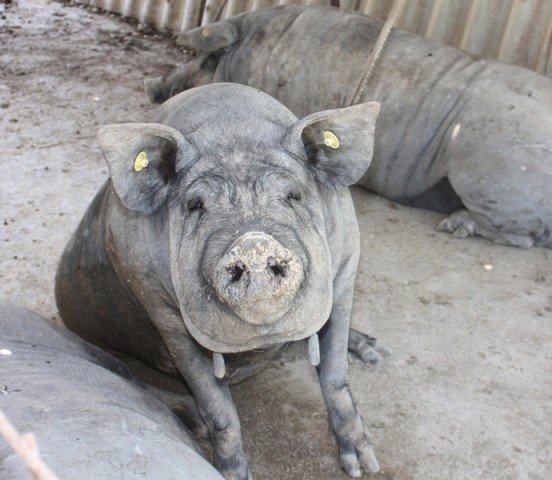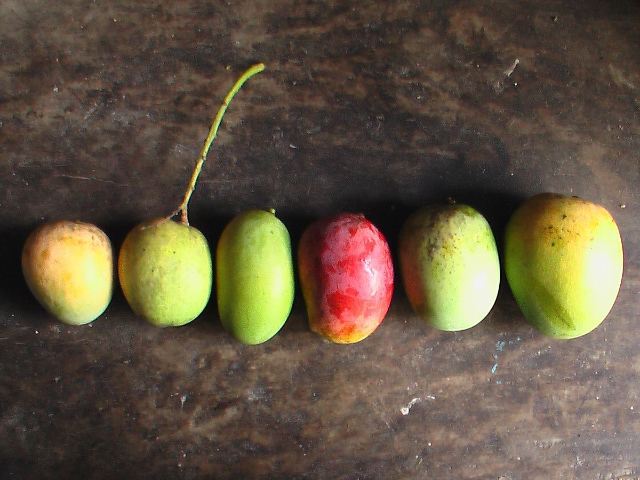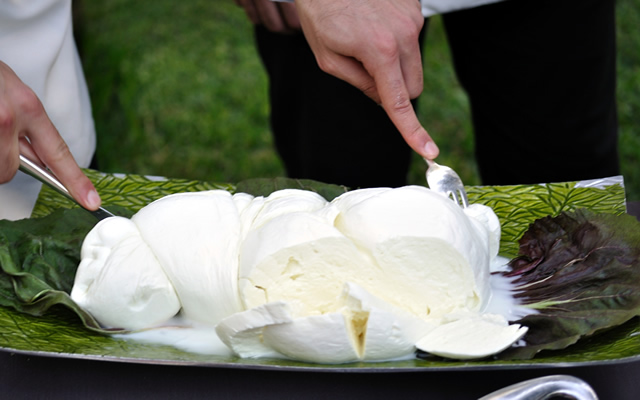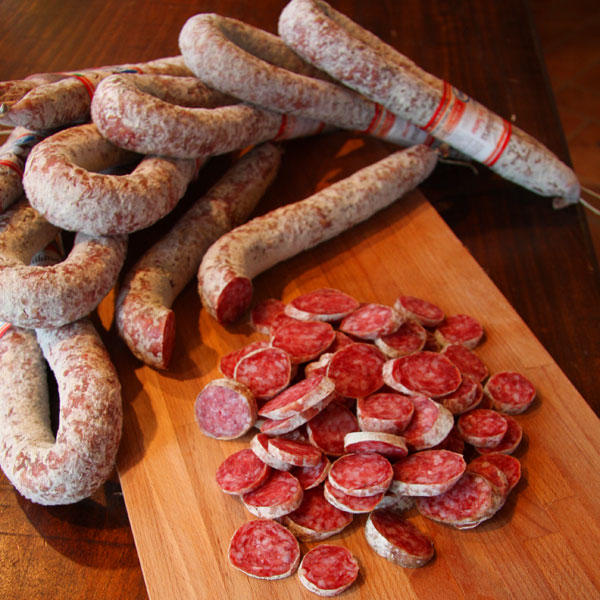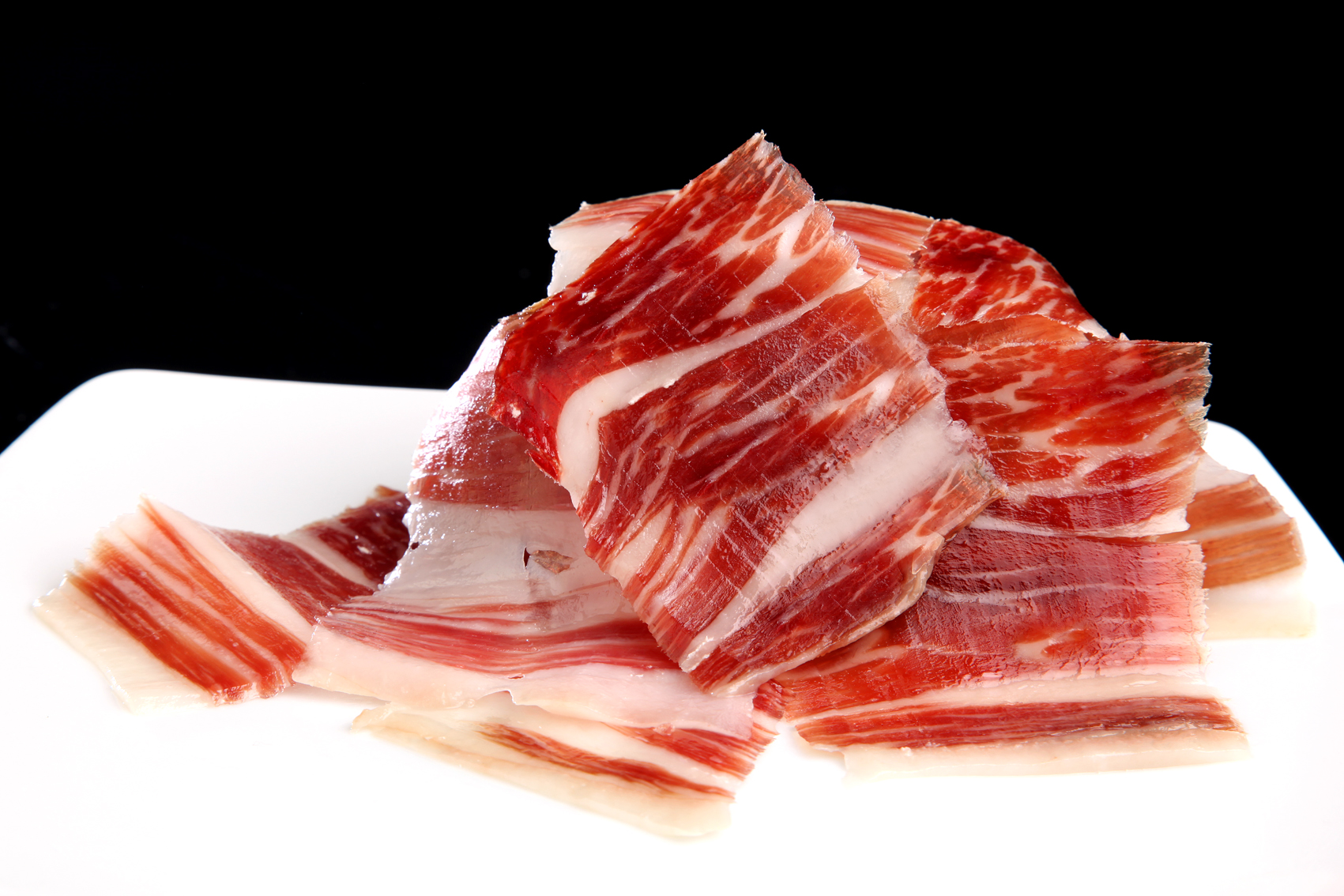A slate-gray pig has been bred in the countryside of Caserta and the region for at least 2,000 years; this can be seen from various accounts by Roman historians, such as from paintings found at excavations in Pompeii and Herculaneum.
They were the progenitors of what would later be called the Casertana Black breed, mentioned among many others by Baldassarre, an eminent scholar of animal breeds, who as early as 1899 spoke of a massive presence, in the kingdom of Naples and the then Terra di Lavoro, of about 450,000 Casertana sows.
The Italian swine pride was defined at that time and it really was, since from it have been through crosses, improved and re-breeding the current intensive breeds: Large White, Large Black, Landrace, etc.
Unfortunately, in the 1960s there was an uncontrolled import of white pigs from central and northern Europe into Italy. These grew faster with a cheaper and less wasteful diet, especially from the point of view of physical energy, thus almost decreeing the end of the Casertana breed of pig, so much so that in the 1970s and 1980s up to the present day only a few remained for breeding for family use that a few farmers in the municipality of Teano and Beneventano had jealously safeguarded .
Those were the years of the economic boom when we all discovered ourselves a little richer, with the first diseases of affluence (cholesterol, triglycerides, etc.), he, the humble swine who for millennia had served his works admirably, because of his much-appreciated ability in antiquity to manage to grow on a very poor diet and grazing.
Of producing very savory meat, poor in liquids, rich in minerals, with a higher than average fat content, but still noble fats.
In addition, the entire bureaucratic process for the recognition of the D.O.P. mark for fresh meat of the Caserta black swine is in the pipeline for the Campania region only, Molise region and a part of the province of Frosinone and Latina, formerly Alta Terra di Lavoro.
